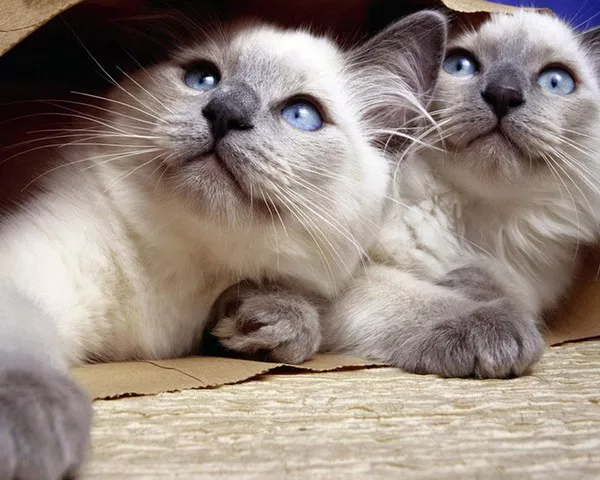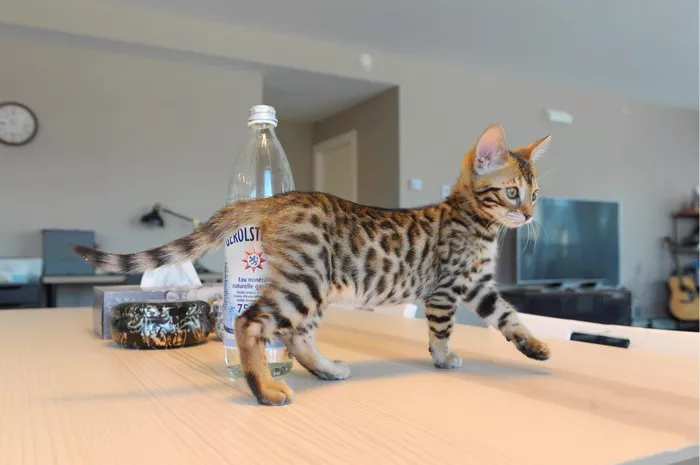Cats, those beloved and enigmatic companions, often bring joy and warmth to our households. However, when aggression arises between household cats, it can be a cause of concern for pet owners. Understanding the underlying reasons behind feline aggression and implementing effective solutions are key to fostering a harmonious multi-cat environment. In this article, we will delve into the causes of aggression between household cats and provide practical steps to help pet owners address and alleviate this challenging issue.
Recognizing the Types of Aggression
1. Territorial Aggression
Territorial aggression occurs when cats feel the need to establish and defend their territory against other felines in the household. It often arises when a new cat is introduced or when existing cats vie for space.
2. Fear-Induced Aggression
Fear-induced aggression occurs when a cat feels threatened or scared in the presence of another cat. This can lead to defensive behaviors, such as hissing, growling, or swatting.
3. Redirected Aggression
Redirected aggression happens when a cat becomes agitated by a stimulus, such as a bird outside the window, and takes out its frustration on another cat in the vicinity.
4. Play Aggression
Play aggression may resemble true aggression, but it’s a form of rough play between cats. It usually involves stalking, pouncing, and mock fighting.
Understanding Triggers
1. Introducing a New Cat
The introduction of a new cat into the household can trigger territorial disputes and conflicts. Cats need time to adjust to the new dynamic and scent-marking rituals.
2. Lack of Resources
Insufficient resources, such as food bowls, litter boxes, and resting spots, can lead to competition and aggression among cats vying for access to these essentials.
Steps to Alleviate Aggression
1. Gradual Introductions
When introducing a new cat, use gradual introduction techniques to allow the cats to become familiar with each other’s scents and presence.
2. Provide Separate Resources
Ensure that each cat has its own set of resources, including food bowls, water, litter boxes, and resting spots. This minimizes competition and reduces the potential for aggression.
3. Environmental Enrichment
Enrich the cats’ environment with toys, scratching posts, and hiding spots. This provides mental stimulation and outlets for natural behaviors.
4. Consult a Veterinarian
If aggression is sudden or unexplained, consult a veterinarian to rule out any medical issues that might be contributing to the behavior.
Implementing Behavioral Modification
1. Positive Reinforcement
Use positive reinforcement to reward desirable behaviors, such as peaceful coexistence and interactions. Treats, praise, and playtime can reinforce positive interactions.
2. Separation and Gradual Reintroduction
If aggression persists, consider separating the cats temporarily and then gradually reintroducing them using scent-swapping techniques.
3. Consult a Professional
If aggression continues despite efforts, seeking guidance from a professional animal behaviorist or veterinarian with experience in feline behavior is recommended.
Patience and Persistence
1. Time for Adjustment
Cats need time to adjust to changes in their environment and social dynamics. Patience is key as they establish their roles within the household.
2. Monitoring Progress
Monitor the cats’ interactions and behaviors over time. Documenting changes and improvements can help track progress and identify any setbacks.
Conclusion
In conclusion, addressing aggression between household cats requires a combination of understanding, patience, and strategic solutions. Recognizing the different types of aggression, identifying triggers, and implementing gradual introductions and positive reinforcement can go a long way in fostering a harmonious multi-cat environment. By investing time and effort into addressing aggression, pet owners can ensure the well-being and happiness of their feline companions. Remember that each cat is unique, and the journey towards resolving aggression may vary. Seeking professional guidance when needed and staying committed to creating a peaceful coexistence among household cats will ultimately lead to a more harmonious and joyful home for all.

























